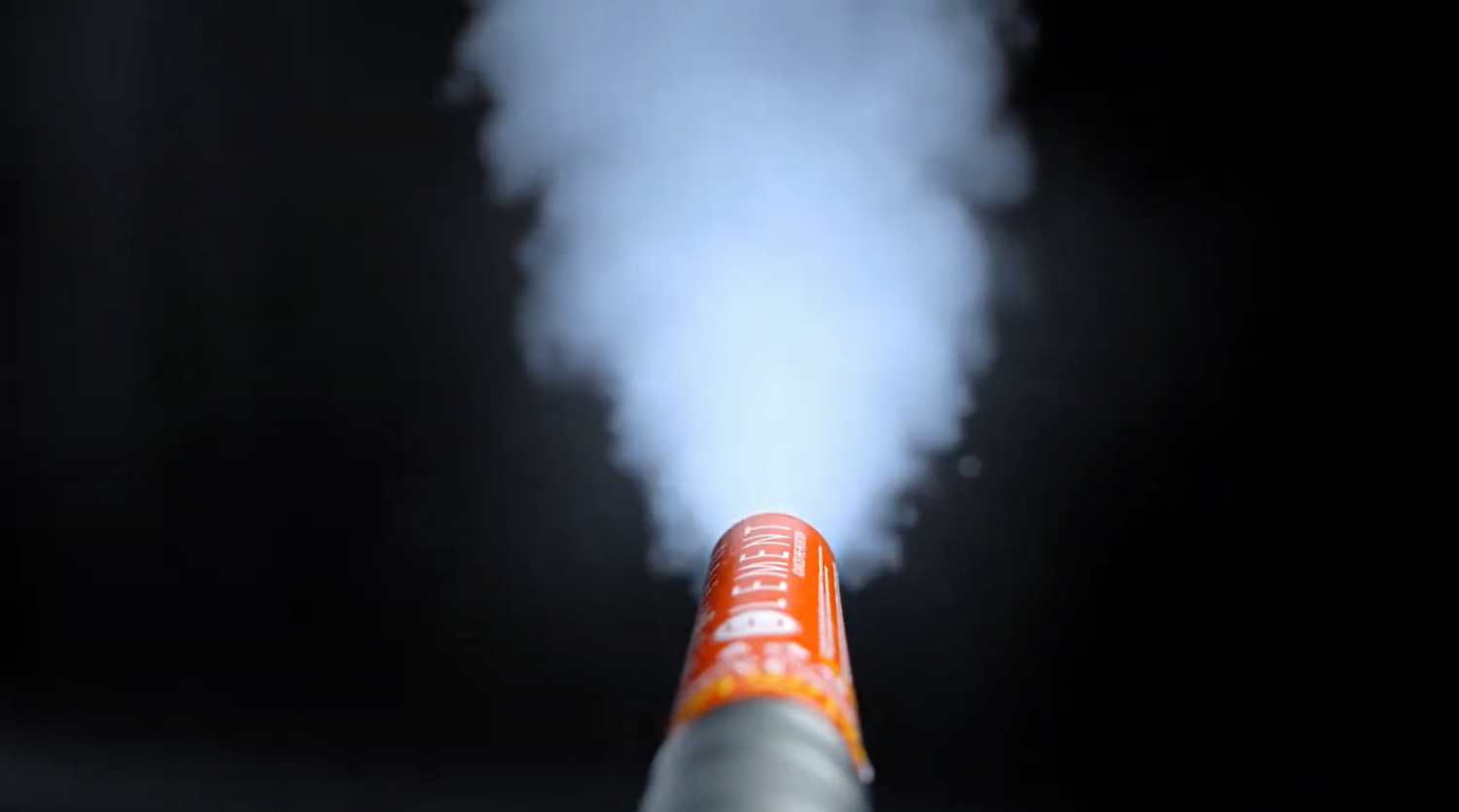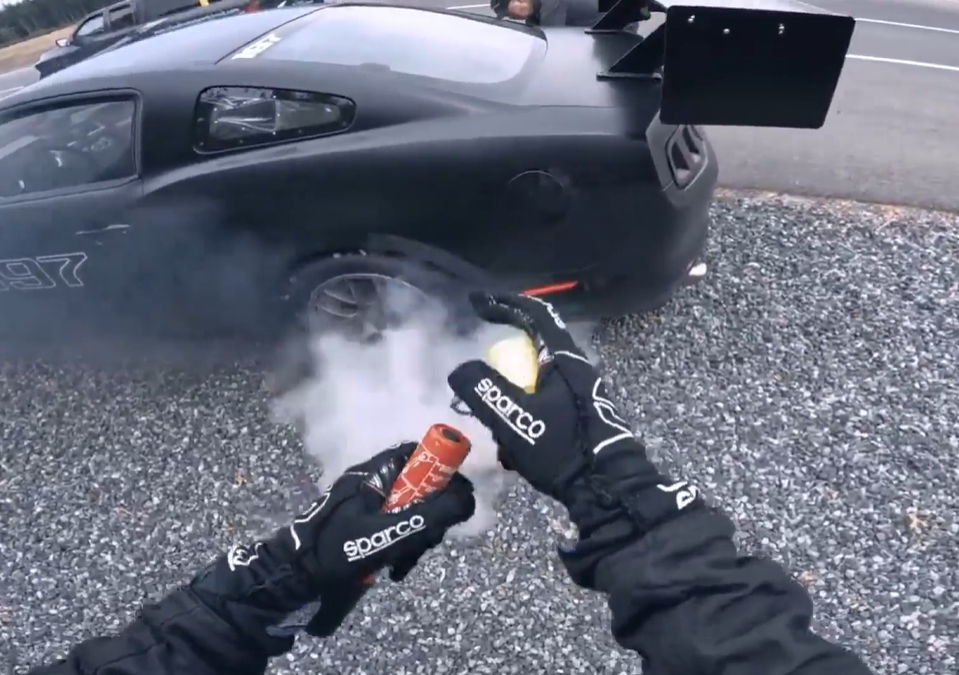
How To Use Element
Operation Steps
Element is quick and easy to use. There are only 4 super simple steps in case of a fire emergency.


How do you best approach a fire with an Element Extinguisher?
Unlike a dry chemical extinguisher that combats a blaze by depositing a large amount of solid powder on the fire, an Element extinguisher fights a fire by releasing a gas. This gas attaches itself to the oxygen surrounding the fire robbing its ability to stick to the chain of combustion (without affecting ones ability to breath that oxygen). The goal is therefore to use the gas coming out the Element extinguisher to create a ‘cloud of containment’ around a fire. Creating a cloud that prevents any outside and unattached oxygen from getting to the fire is essential and is the same strategy that should also be used with a Halon/Halotron or CO2 extinguisher.

The two worst things you can do when fighting a fire with a gas extinguisher is to be too close or to rush the process. Being very close to a fire means that a cloud cannot be formed blocking any new oxygen that will continue to feed the flame. This is particularly problematic in an isolated pan situation where being too close will only chase the flames around. Rushing the process by moving the extinguisher around a lot also prevents a cloud from being formed and diminishes the performance of the extinguisher.

The best technique is to take advantage of the long discharge time offered by the Element extinguisher and to approach a fire from a moderate distance progressively getting closer to its source. During the approach, move the extinguisher slowly around the fire always directing towards the center. This will contain the fire and allow the gas the ability to work.
Tight areas with lots of pockets (like the engine bay of a car) brings out the strengths of the Element extinguisher as the gas, which is heavier than air, will fill all the voids not directly accessible; both putting out a fire and preventing a re-flash.


